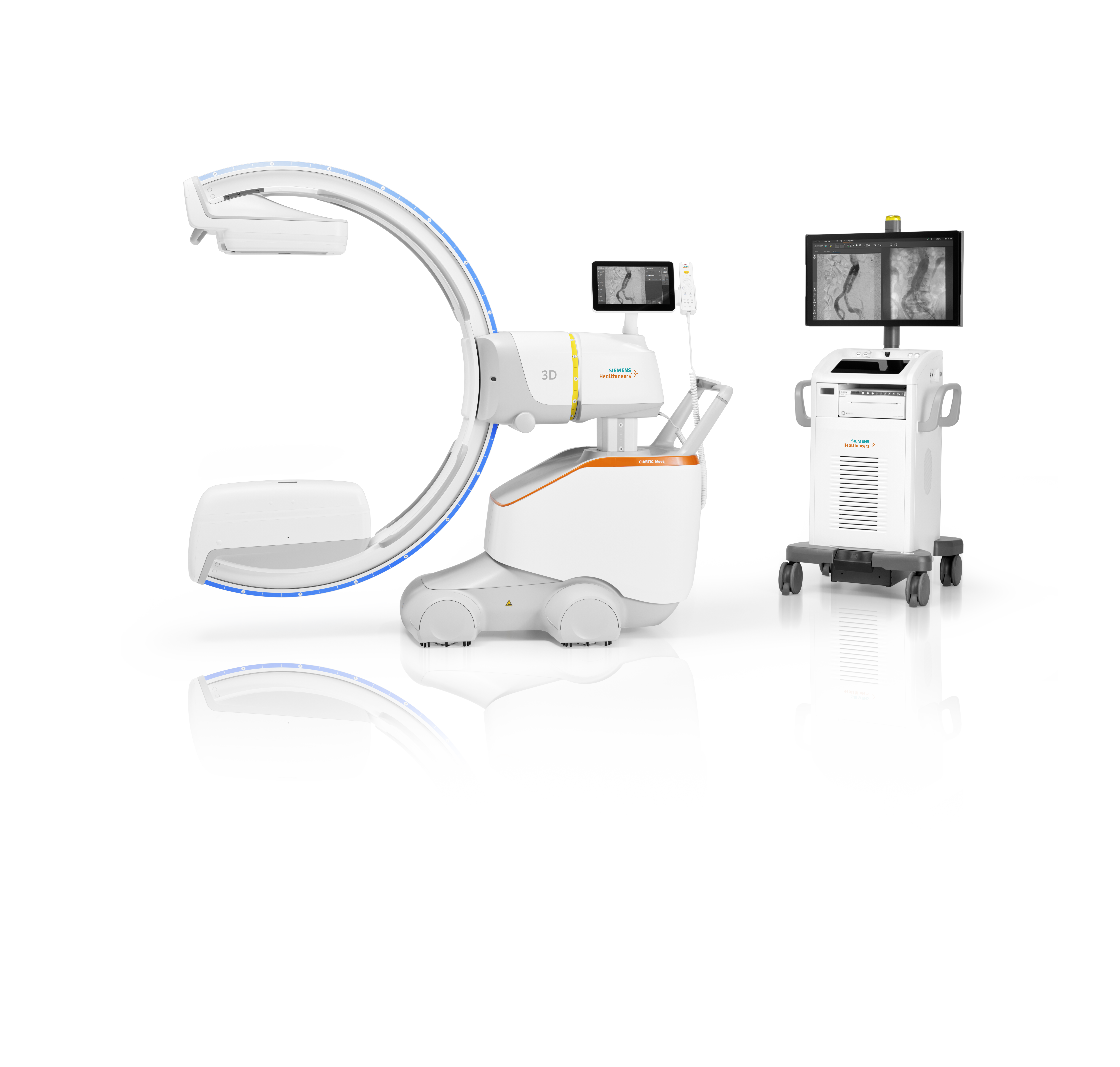Guering Eid-Lidt, Department of Interventional Cardiology, Instituto Nacional de Cardiología Ignacio Chávez, Mexico City, Mexico, spoke about long-term outcomes of percutaneous mechanical thrombectomy for severe pulmonary embolism at the iCON meeting in Arizona, USA.
Eid-Lidt said that percutaneous mechanical thrombectomy is currently the only therapeutic alternative to thrombolysis and surgical embolectomy in patients with severe pulmonary embolism and right ventricular dysfunction with major contraindications to thrombolytic therapy, increased bleeding risk, failed thrombolysis, or unavailable surgical thrombectomy.
“The mortality rate in patients with severe acute pulmonary embolism, systolic blood pressure <90mmHg and severe acute right ventricular failure is approximately 50%. However, one third of the patients with massive pulmonary embolism are not eligible for thrombolysis, because of major contraidications, such as prior surgery, trauma, stroke, or advanced cancer,” he noted.
“Catheter thrombectomy and surgical embolectomy are alternative treatment modalities to thrombolysis, particularly in the presence of an increased bleeding risk or failed thrombolysis.”
“Pooled data of a sistematic review and a meta-analysis of catheter-directed therapy showed a global clinical success of 86.5%. When used in combination with a thrombolytic agent, the success rate with catheter-directed therapy increased up to 91.2%. A major complication rate of 10.3% has been reported,” Eid-Lidt said.
The Instituto Nacional de Cardiología Ignacio Chávez’s preliminary experience of clot fragmentation and aspiration in 18 patients with massive pulmonary embolism, right ventricular dysfunction, and major contraindications to thrombolytic therapy (increased bleeding risk, failed thrombolysis, or unavailable surgical thrombectomy) was published in CHEST in 2008. In the study, the device used was the Aspirex thrombectomy system from Straub Medical. The in-hospital major complications rate was 11.1%; one patient died from refractary shock, and one patient had intracerebral haemorrhage with minor neurologic sequelae.
To date, Eid-Lidt said, 46 patients have undergone mechanical thrombectomy in the institution. Follow-up over six months has been completed in 35 patients. Ninety per cent of the patients presented a New York Heart Association functional class 1 during clinical follow-up (37.3±22.7months). All patients have had implanted an antiembolic filter in the inferior vena cava, and they were receiving oral anticoagulants.













